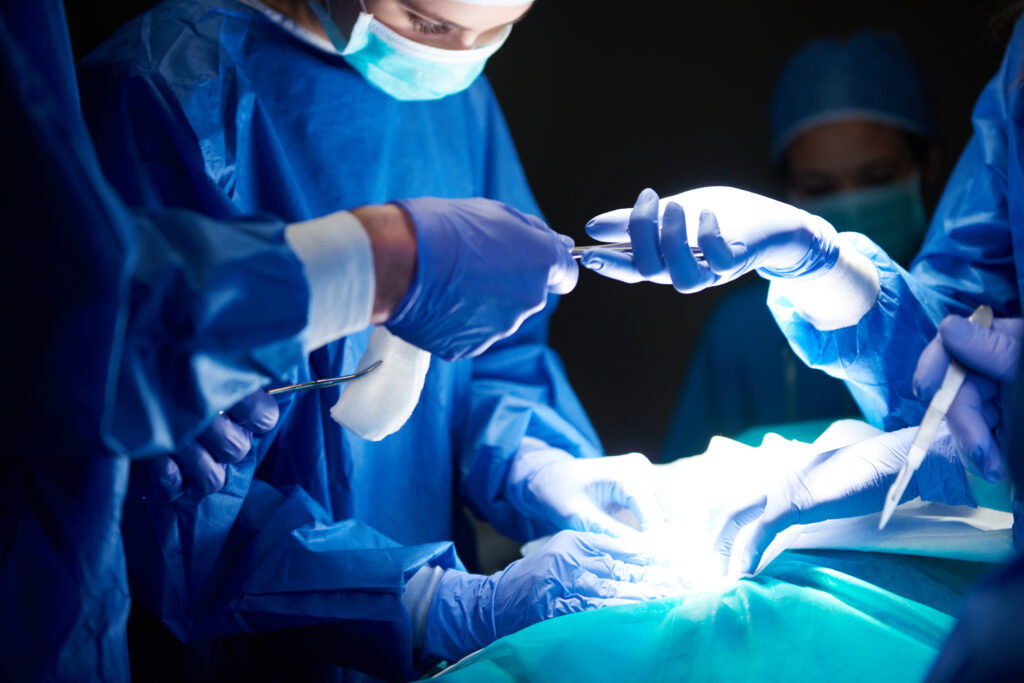
Laparoscopy is a minimally invasive surgical procedure frequently used in infertility diagnosis and treatment. By inserting a small, lighted camera (laparoscope) through tiny incisions in the abdomen, doctors gain a clear view of the reproductive organs and can treat underlying conditions affecting fertility.
For couples facing challenges in conceiving, laparoscopy can be both diagnostic and therapeutic. If you’re planning to undergo this procedure, understanding the steps before, during, and after surgery is essential to ensure a smooth recovery and the best possible outcome.
How Laparoscopy Helps in Infertility Treatment
Laparoscopy is a powerful tool in reproductive medicine and helps detect and address several conditions, including:
- Pelvic Inflammatory Disease (PID): Caused by untreated infections like chlamydia or gonorrhea, PID can scar the fallopian tubes. Laparoscopy helps detect and treat such damage.
- Endometriosis: When uterine-like tissue grows outside the uterus, it can impact fertility. Laparoscopy allows both detection and surgical treatment of endometriotic lesions.
- Blocked Fallopian Tubes: Tubal blockages can prevent fertilization. Laparoscopy helps doctors locate and sometimes clear these obstructions.
- Ovarian Cysts: Some cysts disrupt ovulation and need removal. Laparoscopy is a safe and effective way to manage problematic ovarian cysts.
- Uterine Abnormalities: Fibroids, polyps, or congenital malformations can be identified and addressed via laparoscopy.
- Pelvic Adhesions: Scar tissue from prior infections or surgeries may affect reproductive function. Laparoscopy helps locate and often remove these adhesions.
- Unexplained Infertility: When other tests reveal no clear cause, laparoscopy offers a detailed view of the pelvic region to find hidden issues.
- Ovulatory Conditions: In disorders like PCOS, laparoscopy may assist in diagnosis or in performing ovarian drilling when needed.
13 Stages to Prepare for Laparoscopy in Infertility Treatment
Here’s a breakdown of the process you may follow when preparing for and recovering from laparoscopic surgery:
A. Before the Procedure: Pre-Surgical Preparation
1. Medical Assessment
You will undergo a detailed evaluation involving blood work, imaging, and medical history review to confirm you’re fit for surgery.
2. Fasting Guidelines
Your doctor will advise you to avoid food or drinks for several hours before surgery to reduce the risk of complications during anesthesia.
3. Medication Instructions
Disclose all medications and supplements you’re currently using. Some may be paused temporarily, while others might be adjusted.
4. Consent & Discussion
Your healthcare team will explain the procedure, outline risks and benefits, and obtain your formal consent. This is your chance to ask questions and clarify doubts.
B. Day of the Surgery
5. Hospital Admission
You’ll be admitted to the surgical facility, and preliminary checks like blood pressure and vitals will be taken.
6. Administration of Anesthesia
Depending on the complexity, you may receive general or spinal anesthesia. The anesthetist will explain the type being used.
7. Laparoscopic Procedure
Tiny cuts will be made near your abdomen, and the laparoscope will be inserted. Your surgeon will examine the reproductive organs and perform necessary treatments like removing cysts or treating endometriosis.
C. Immediate Recovery After Surgery
8. Post-Op Monitoring
You’ll be moved to a recovery room where your vitals are monitored. Some initial discomfort or nausea is normal as anesthesia wears off.
9. Hospital Stay Duration
Most laparoscopic procedures are done on a day-care basis, but in complex cases, a short hospital stay may be recommended.
10. Managing Pain
Mild to moderate pain is expected after surgery. Doctors may prescribe painkillers and recommend hot compresses or rest to manage discomfort.
D. At-Home Recovery Tips
11. Rest and Gentle Movement
Allow your body to heal by getting adequate rest. Light walking is usually encouraged to prevent complications like blood clots, but heavy lifting and intense activity should be avoided for a few weeks.
12. Follow-Up Visits
Attend scheduled follow-up appointments to track healing and discuss lab reports or further fertility plans with your specialist.
13. Emotional Well-Being
Infertility and surgical procedures can take a toll on emotional health. Don’t hesitate to seek support from family, counselors, or fertility support groups.
Conclusion
Laparoscopic surgery offers a safe and effective way to diagnose and treat infertility-related issues. By understanding each stage—right from preparation to post-op care—you can make informed decisions and support your fertility journey with confidence.
Keywords: Infertility Treatment in Bangalore, PCOS Treatment in Bangalore, Testosterone Test

